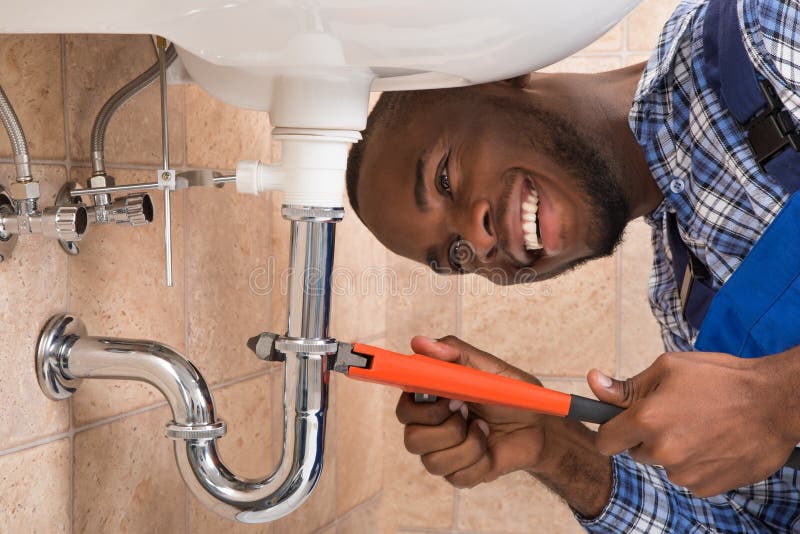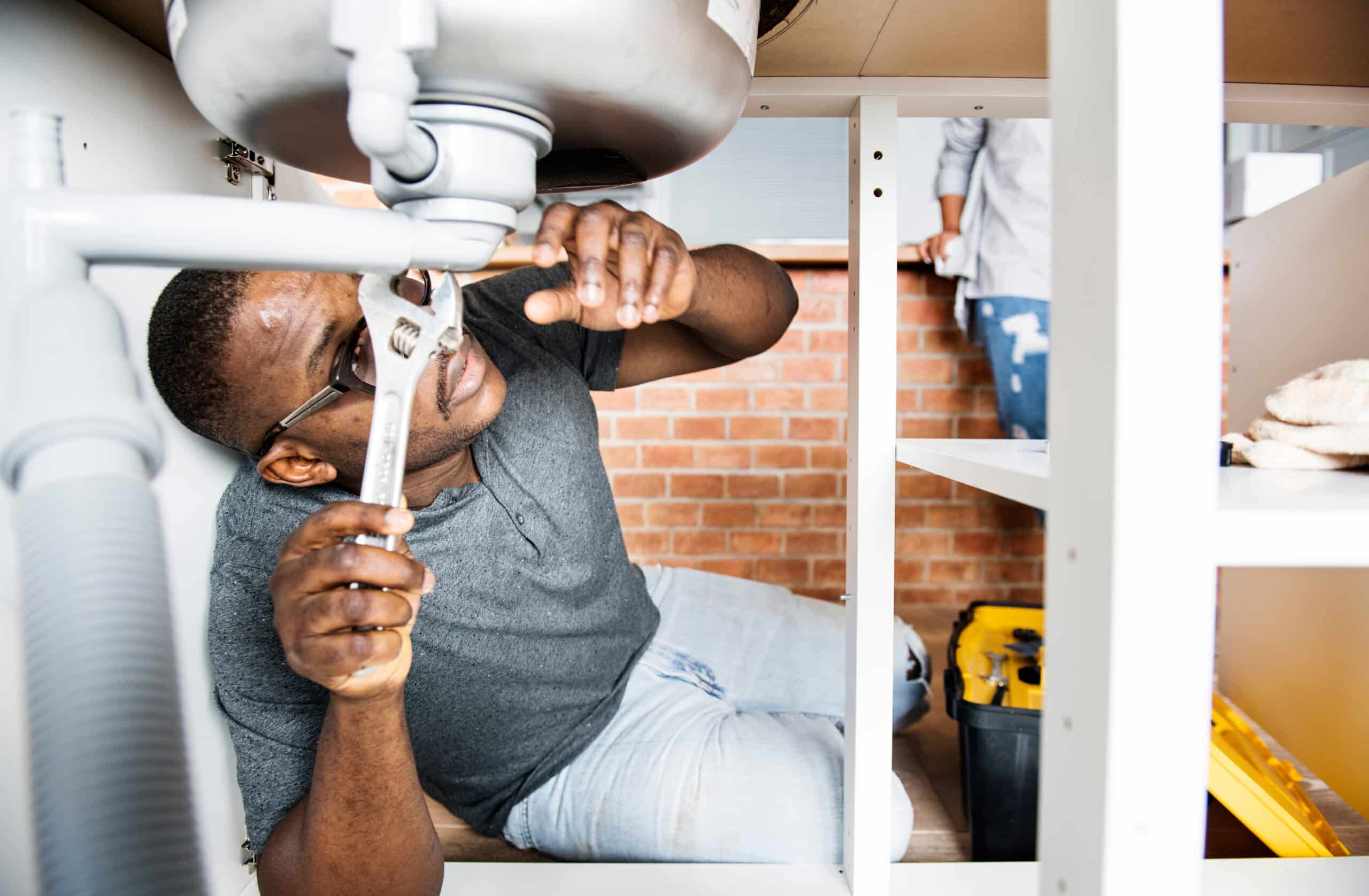Vital Plumbing Alabaster AL Tips for Homeowners
Vital Plumbing Alabaster AL Tips for Homeowners
Blog Article
A Step-by-Step Guide to Efficient Hot Water Heater Installment for Optimum Efficiency
Getting started on the task of mounting a water heater is an endeavor that requires precision and an organized method for attaining optimal efficiency. As you continue, the complexities of linking water supply lines and establishing up reputable electric or gas links await, appealing understandings right into guaranteeing effectiveness and integrity.
Choosing the Right Hot Water Heater

Following, consider the dimension and ability of the water heater. It's crucial to analyze your household's hot water demands, which can vary based on the number of owners and their use patterns. An unit that's too small may cause not enough warm water, while an oversized design could cause unneeded power intake.
Efficiency ratings also play an essential role in choice. Search for water heating units with high Power Aspect (EF) scores, suggesting premium efficiency and lowered power usage. Tankless designs, though commonly more pricey in advance, deal significant power financial savings with time as a result of their on-demand home heating abilities.
Preparing the Installation Location
Prior to setting up a brand-new hot water heater, careful preparation of the installment location is essential. This makes certain a smooth installment process and assists avoid future complications (Plumbing Alabaster AL). Begin by selecting an ideal place that follows regional building codes and safety standards. The area needs to be completely dry, well-ventilated, and easily accessible for upkeep. It's important to measure the space carefully to suit the hot water heater's dimensions, making certain appropriate clearance around the unit for reliable operation and maintenance.
Check the floor for stability, as the water heater will need a strong, degree surface area to run effectively. If required, install a drip pan below the system to catch potential leaks or spills, avoiding water damage to the surrounding area.
In addition, make sure that all needed devices and materials are on hand before commencing the installment. This consists of products such as wrenches, screwdrivers, a level, and any type of additional hardware needed for securing the heater and placing. A well-prepared setup area sets the foundation for a successful hot water heater arrangement, enhancing performance and safety.
Connecting Water Supply Lines
When attaching water system lines to your recently installed hot water heater, it is crucial to guarantee that all links are safe and leak-free to maintain effective operation and prevent water damages. Begin by identifying the cool and hot water supply lines. The cold water inlet is normally noted with a blue tag or a "C", while the hot water outlet is marked with a red label or an "H".
Usage adaptable water heating system ports to facilitate a less complicated installation process. These adapters can take in resonance and enable slight activity, decreasing the risk of leakages. Prior to attaching the connectors, place a plumbing's tape around the threaded ends of the water heater's inlet and electrical outlet pipes - Plumber Alabaster AL. This tape serves as a sealer, stopping leaks. Carefully attach the flexible pipes to the corresponding inlet and outlet, making sure that they are not over-tightened however tight, which could damage the threads.
When see this page links remain in area, gradually activate the main supply of water shutoff. Examine each link for leakages by aesthetically really feeling and examining for dampness. Tighten up links as necessary, and ensure the stress alleviation shutoff is appropriately mounted, guarding versus too much stress accumulation.
Establishing Electric or Gas Links
Properly setting up the electrical or gas connections for your hot water heater is a vital action to make certain efficient and secure procedure. For electrical hot water heater, begin by verifying that the electric circuit is suitable with the heating system's voltage and amperage needs. Make sure the power supply is turned off at the circuit breaker to stop mishaps. Link the electrical cables to the heating system complying with the producer's wiring diagram. Usually, this includes connecting the ground wire to the green terminal, and the remaining cords to their equivalent terminals, protecting each with cord nuts.
For gas water heating units, safety is vital. Confirm that the gas supply is off prior to continuing. Connect the gas line to the hot water heater making use of a versatile gas More Help connector, guaranteeing it is effectively threaded and sealed with pipeline joint compound or Teflon tape ideal for gas connections. Tighten up the links with a wrench, making sure not to over-tighten (Water Heater installation Alabaster AL).
As soon as links are made, inspect for any type of possible leakages. For gas lines, use a soapy water option to the joints; bubbles show a leakage. For electrical connections, verify that all circuitry is secure and correctly protected, preserving conformity with neighborhood electric codes.
Adjusting and testing for Effectiveness
With the electrical and gas connections safely in position, the following action is assessing the operational efficiency of your water heating unit. Begin by thoroughly activating the supply of water and guaranteeing there are no leaks at any of the valves or joints. Once confirmed, proceed to fill the tank, taking note of the pressure and temperature settings. It is recommended to set the thermostat to a recommended temperature of around 120 ° F(49 ° C) to stabilize power performance and convenience.
Next, execute a detailed assessment to make sure the burner or burner are operating properly. For electric heating systems, use a multimeter to confirm if the elements are attracting the suitable current. In gas versions, observe the burner flame; it must be steady and blue, showing effective combustion.
Adjust the settings as necessary to remove ineffectiveness. Consider executing insulation steps, such as including a hot water heater covering, to additionally enhance efficiency by reducing warmth loss. Furthermore, examine the anode rod's problem, as a deteriorated pole can reduce performance and lead to container corrosion.
Final Thought
Effective water heating system installment is essential for making sure ideal efficiency and energy savings. Firmly attaching water supply lines and carefully establishing up electric or gas links reduce prospective problems.

Effectively establishing up the electrical or gas connections for your water heating unit is a crucial step to guarantee reliable and secure procedure. For electrical water heating systems, start by validating that the electric circuit is compatible with the heater's voltage and amperage requirements. Link the gas line to the water heating unit utilizing a versatile gas adapter, guaranteeing it is appropriately threaded and secured with pipeline joint compound or Teflon tape appropriate for gas connections.
Report this page